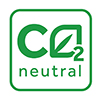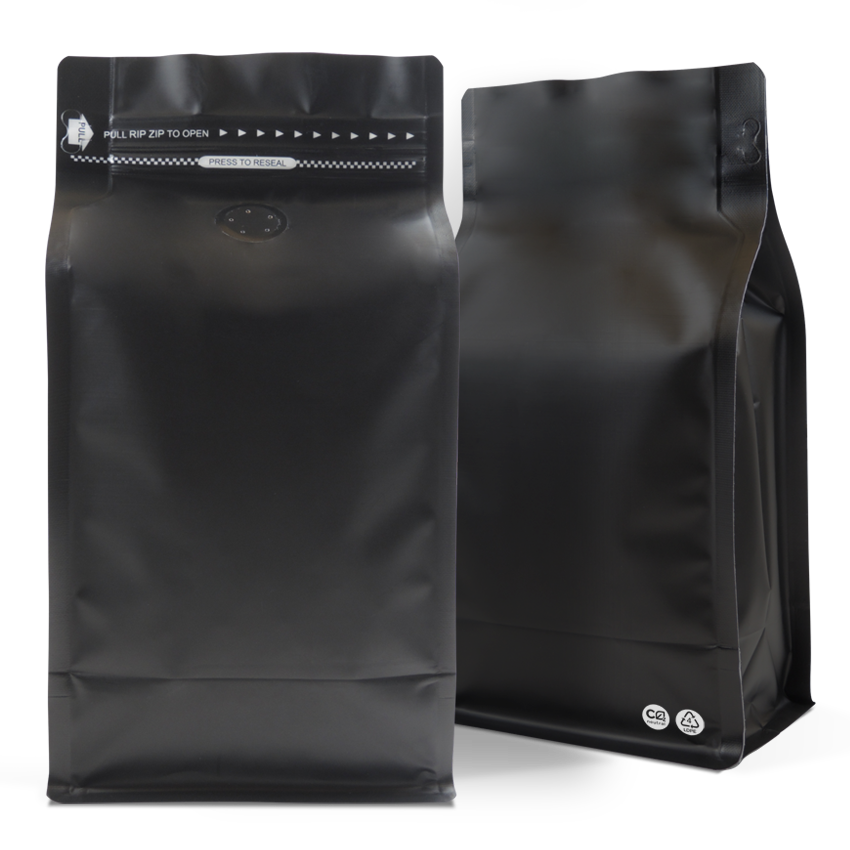Blog
Compostable Coffee Packaging: A Sustainable Solution to Plastic Waste
Coffee is a staple for many people around the world, with billions of cups consumed every day. While the convenience of single-use coffee packaging has made it easy to grab a quick cup on the go, it has also contributed to the growing problem of plastic waste.
Single-use plastic items, such as coffee packaging, contribute significantly to this problem, often ending up in landfills or the environment where they can take hundreds of years to break down. In response to this issue, there is a growing demand for sustainable solutions that can reduce plastic waste and support more environmentally-friendly practices. One solution is compostable coffee packaging.
By breaking down into natural materials, compostable coffee packaging offers a more sustainable alternative to traditional plastic packaging, which can help to reduce the amount of plastic waste generated and support the transition to a more sustainable future.
In addition to addressing the problem of plastic waste, compostable coffee packaging is also increasingly being sought after by consumers who are becoming more environmentally conscious and looking for more sustainable options in their purchasing decisions.
In this article, we will examine the various options for compostable coffee packaging and the advantages and disadvantages of each. So grab a cup of coffee and let’s dive in!
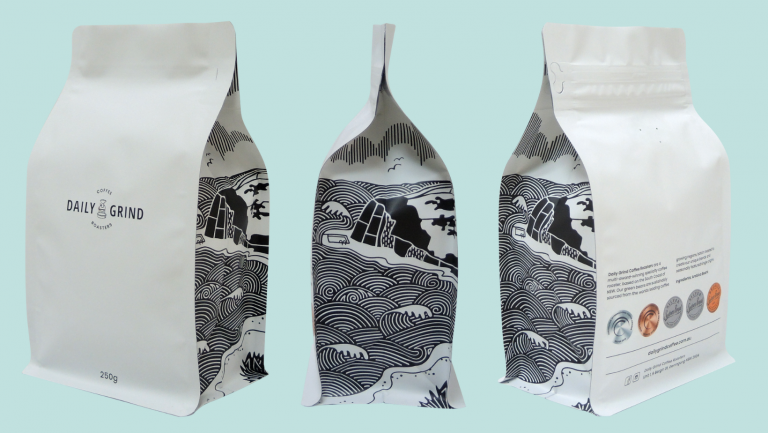
What is "Compostable packaging"?
Compostable packaging is packaging that is designed to break down into natural materials, such as soil, through the process of composting. This is in contrast to traditional plastic packaging, which can take hundreds of years to break down and often leaves behind harmful microplastics.
There are two main types of compostable packaging: industrial compostable and home compostable.
Industrial compostable coffee packaging
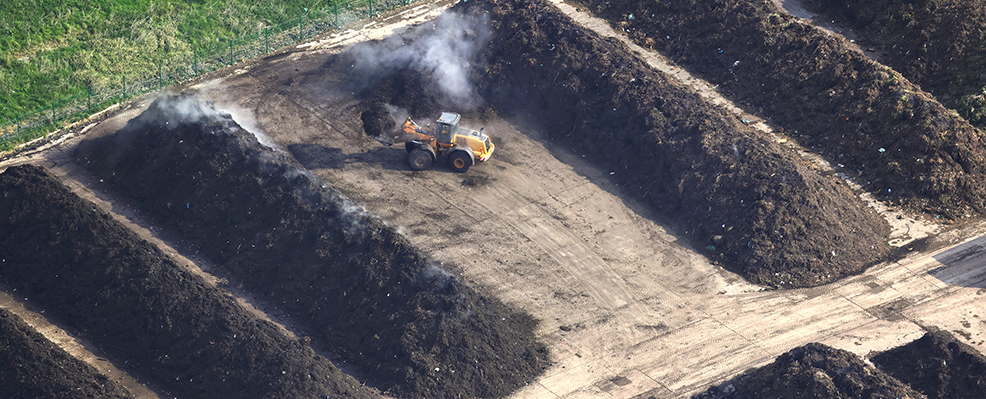
Industrial compostable packaging is designed to break down in a commercial composting facility, which typically has higher temperatures and shorter composting times than a home composting setup. Industrial compostable packaging can often break down faster than home compostable packaging.
One of the main advantages of industrial composting is the controlled conditions that can be maintained, including temperature, moisture, and oxygen levels. These conditions can be optimized to support the breakdown of organic materials and accelerate the composting process.
One of the main challenges with industrial composting is the limited availability of commercial composting facilities, particularly for households. Access to these facilities is not always readily available. In some areas, there may be few or no industrial composting facilities, making it difficult for households to properly dispose of their compostable packaging.
In the UK, the availability of industrial composting facilities varies by region. According to the UK government’s Waste and Resources Action Programme (WRAP), as of 2021, there are approximately 70 industrial composting facilities in England and Wales, with most located in the south of the country. This means that households in some parts of the country may have limited or no access to industrial composting facilities.
In addition to the limited availability of industrial composting facilities, there are also regulatory and logistical challenges to consider. For example, in the UK, the rules for what can be accepted at industrial composting facilities vary by region, and some types of compostable packaging may not be accepted at all facilities. This can make it difficult for households to properly dispose of their compostable packaging and may discourage the use of compostable packaging in some cases.
Home compostable coffee packaging
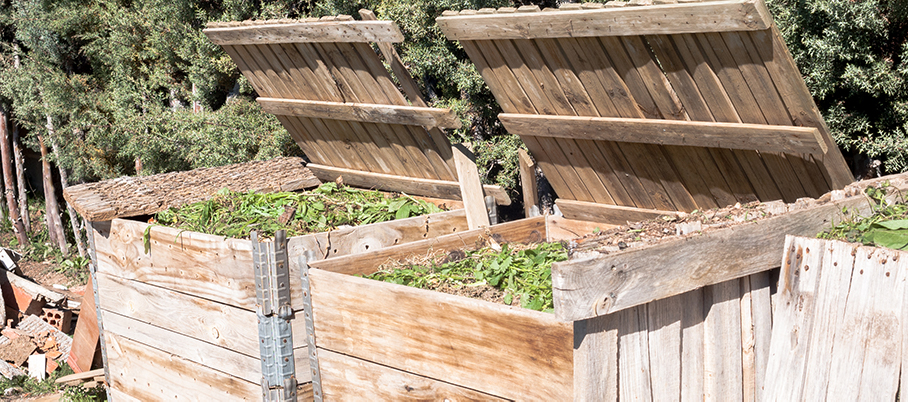
Home compostable packaging, on the other hand, is designed to break down in a home composting setup, which typically has lower temperatures and longer composting times than a commercial facility. While home compostable packaging may not break down as quickly as industrial compostable packaging, it is still a more sustainable option compared to traditional plastic packaging.
While home composting can be a more convenient and cost-effective option for disposing of compostable coffee packaging, there are several challenges and limitations to consider. One of the main challenges is the variations in conditions that can affect the breakdown of compostable materials.
- Temperature. The temperature of the composting mix can have a significant impact on the breakdown of compostable materials. In order to break down effectively, compostable materials need to be exposed to temperatures that are high enough to support the decomposition process. However, home composting setups may not reach the same high temperatures as industrial composting facilities, which can slow down the breakdown process.
- Moisture. Moisture levels in the composting mix can also affect the breakdown of compostable materials. Too much moisture can create anaerobic conditions, which can inhibit the breakdown process. On the other hand, too little moisture can dry out the composting mix and also slow down the decomposition process.
- Location. The location of the composting setup can also affect the breakdown of compostable materials. For example, composting in a sunny location can help to speed up the decomposition process, while composting in a shaded location may slow it down.
According to Business Waste UK commercial waste disposal experts, 97% of British households have never used a compost heap to recycle their food waste. The majority of households do not have access to a home composting option and may need to rely on other methods of disposal for their compostable coffee packaging.
As a Coffee Roaster, what are the options?
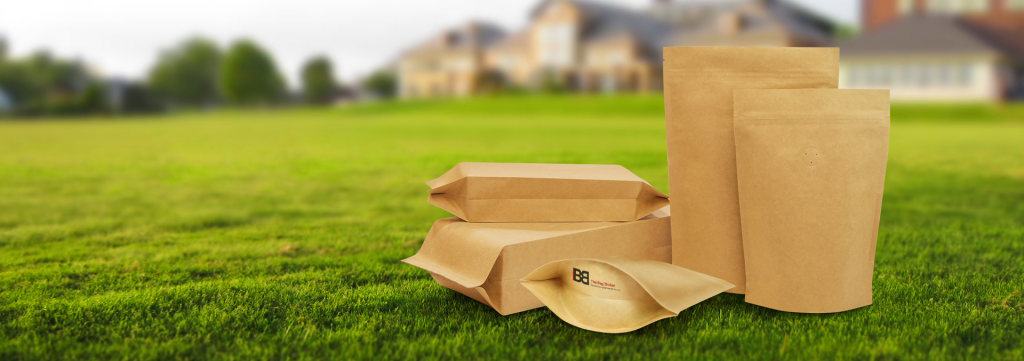
There is a lot of misinformation about compostable coffee packaging on the market, and it can be difficult for consumers to make informed choices. One common misunderstanding is the concept of “home compostable” packaging. While some suppliers may claim to offer home compostable bags, the reality is often more complex.
While each individual layer of the bag may have been certified as home compostable, the strict requirements for certification of the entire product as home compostable is challenging to meet, particularly for high barrier bags that are designed to protect the coffee from oxygen and moisture. These bags may require special processing or additional treatment to break down in a home composting environment. As we are working to create compostable coffee bags that will pass the TUV home compostable certification tests, we are facing challenges in balancing the need for compostability with the requirements for protecting the coffee.
This is a difficult trade-off as we don’t want to sacrifice the protection of the product.
Based on the feedback we got so far, we believe that our bags will compost in a home composting environment, but the rate of decomposition may vary depending on the conditions of the compost. It is important for consumers to be aware of these limitations and to understand that the breakdown of compostable packaging in a home composting environment may not always be straightforward.
The bags with each individual layer certified as home compostable are the bags in the NKME range and can be found on our compostable packaging page.
Industrial compostable coffee packaging
We have more flexibility in designing industrial compostable coffee bags that can provide a high level of protection for the coffee while still meeting the requirements for compostability.
Currently we have the NKME range of compostable bags made of home compostable individual certified layers. We also have the PLA range of bags that are suitable for industrial composting. All can be found on our compostable packaging page.
Conclusion
In conclusion, compostable coffee packaging offers a more sustainable alternative to traditional plastic packaging, which can help to reduce the amount of plastic waste and support more environmentally-friendly practices in the coffee industry.
While there are challenges and limitations to using compostable packaging, we are working to find solutions and offer a range of options to meet the needs of our customers.
At The Bag Broker, we understand the importance of sustainable packaging in the coffee industry and are dedicated to offering a range of options to meet the needs of roasters and coffee shops. Our packaging is made from renewable resources and includes compostable bags, recyclable bags, cylinders, and high barrier options.
We offer full customization of all our packaging to help with brand differentiation, and we have printing options starting at just 500 units MOQ. Our minimum orders are also just 500 units, making it easy for our customers to get the packaging they need without having to order more than they require.
In addition to our sustainable packaging options, we also offer express shipping for stock packaging from our warehouse in the UK. This means that our customers can get the packaging they need quickly and efficiently, without having to wait for long lead times.

